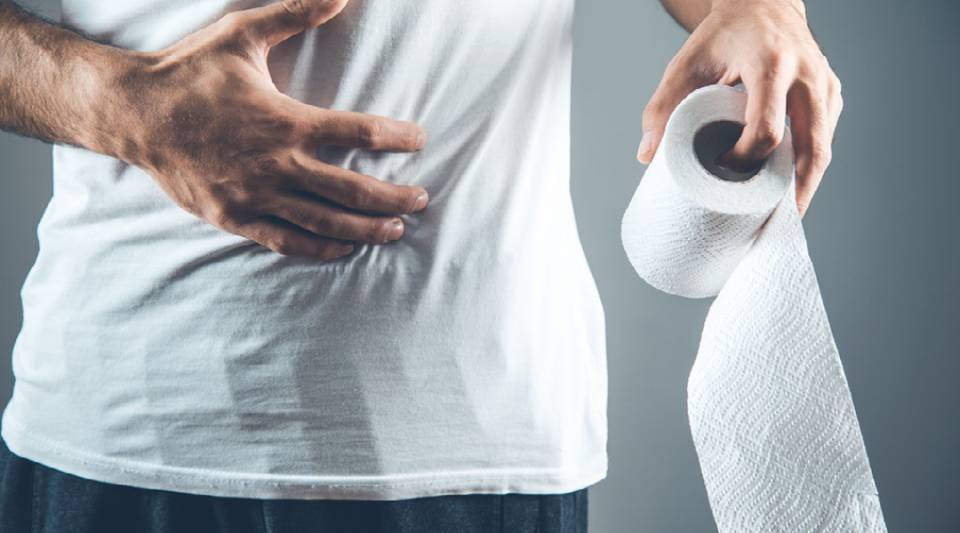14 October 2024
Substantiated information by:

Alberto Ezquerra
Gastroenterologist
Gastroenterology Service

Elisabeth Barba
Gastroenterologist
Gastroenterology Service
Published: 28 August 2024
Updated: 28 August 2024
Subscribe
Receive the latest updates related to this content.
Thank you for subscribing!
If this is the first time you subscribe you will receive a confirmation email, check your inbox
An error occurred and we were unable to send your data, please try again later.

